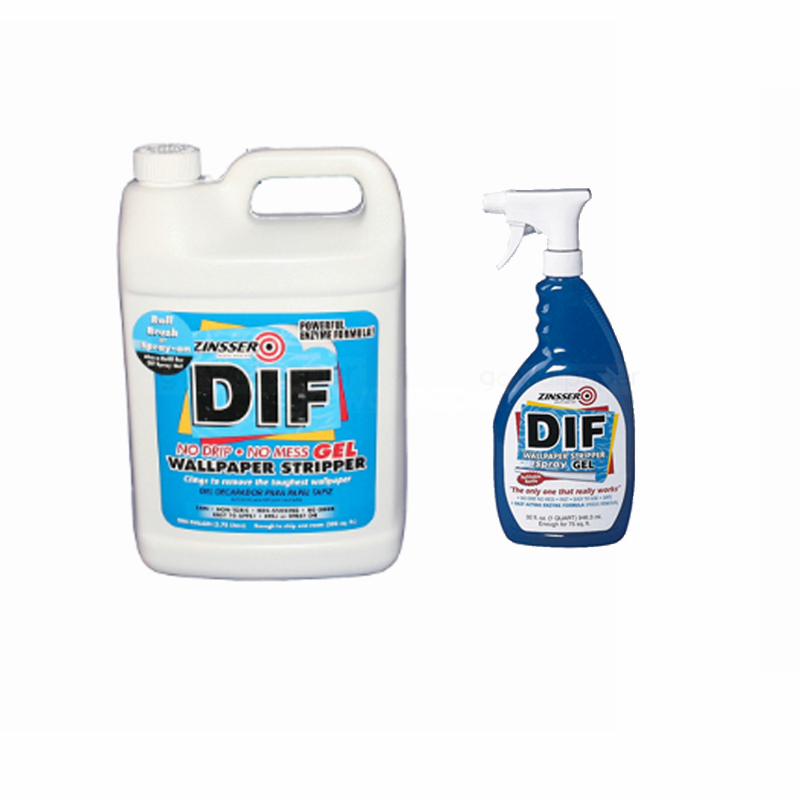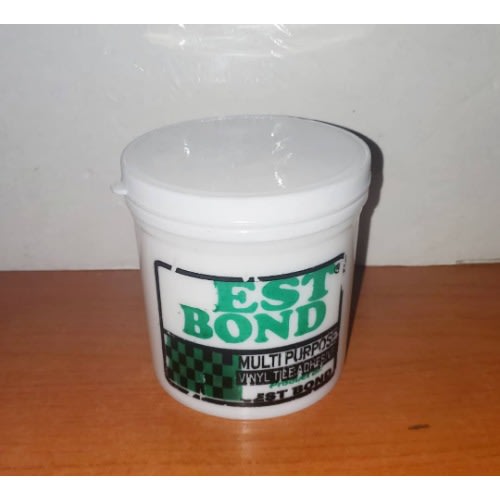
Then trim off the excess paper with a sharp blade. Let the wallpaper dry completely (3-5 hours). You may have to overlap the edges of the panels by 1/2 inch to 3/4 inch, depending on the brand you use, in order to get a perfect seam match.ĭry and trim. To apply the subsequent panels, repeat the same steps above. Remove air bubbles as you go with the smoothing blade.Īpply additional panels. You want to be sure to work quickly and keep the panel wet while you're applying. Once you get midway down the panel, unfold the bottom half and finish applying the panel with a damp sponge. The wallpaper panel may slip down the wall, so use a piece of painter's tape to secure it to the top of the wall until the adhesive dries. Keep the bottom section folded to keep the adhesive moist. Use a level to ensure the panel is applied straight. Unfold the top part of the panel and begin applying to the top, left of the wall. Let the wallpaper sit for about five minutes to activate the adhesive. Let the panel fold over without making any firm creases.Īctivate the adhesive. However, do NOT make any sharp creases to the panel. Bring each end to the center of the panel. This means laying the panel face down on the floor, then gently folding the panel over on itself in order to completely cover the backing. Once the back of the panel is completely wet (no dry spots!), then you'll need to "book" the wallpaper panel. Be sure to follow the specific manufacturer's directions on this step. You can do this with either a very wet sponge, or by laying the panel in a large tub of water. To activate the glue you'll need to soak the back of the wallpaper panel in water. Water activated temporary wallpaper has glue pre-pasted to the back of the wallpaper panel. Get it wet. Things are going to be wet, so be sure to place a drop cloth on your floor before you start. Installation For water activated wallpaper:

A straight edge for perfect trimming (optional)įor peel and stick wallpaper you typically need:.Tools Neededįor water activated wallpaper you typically need: MUSE in-house designer Becky applying Ocean Park Damask, a peel & stick wallpaper.

Here we'll cover the basics for both water-activated and peel & stick wallpaper: This type of wallpaper is generally easier to remove than traditional paste wallpaper.
/SPR-HOME-11-best-removable-wallpaper-4165109-01-400a26b98c734f01aafce90c99e6e4f6.jpg)
The wallpaper is pre-pasted on the back. The paste is in a dried form, so you must soak the paste in water before it can become sticky. Water activated wallpaper is simply a variation of traditional wallpaper - it removes the step of adding glue. It's also the easiest to apply, requiring virtually no prep work or clean up. Peel and stick wallpaper is relatively new to the interior design world, and is the easiest type of wallpaper to remove. Some say "peel and stick" while others need sponges and water, and still others require glue! What's going on here?! Let's try to clear things up. You might have noticed there are many "temporary wallpaper" options, but they don't all seem the same.


 0 kommentar(er)
0 kommentar(er)
